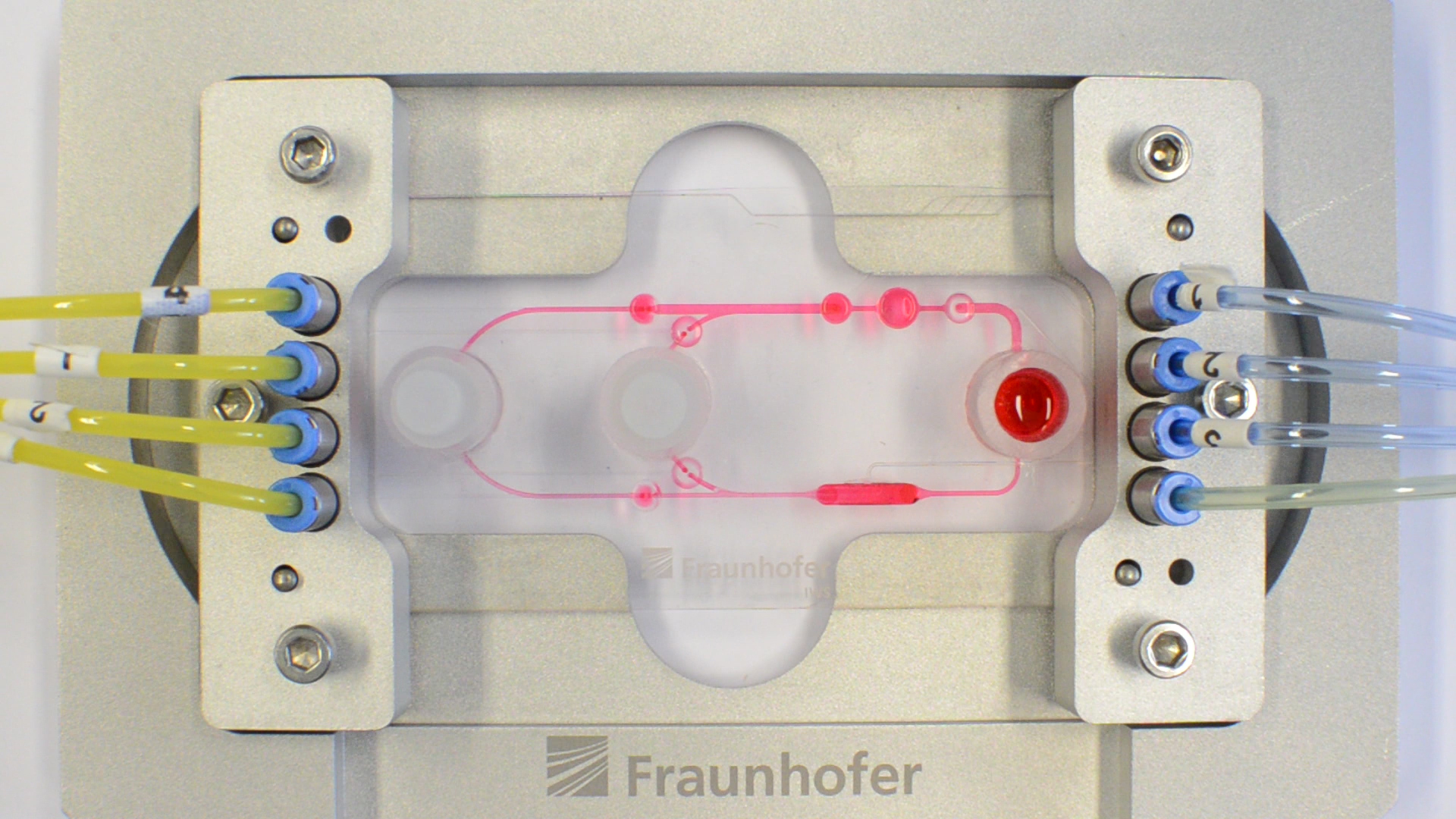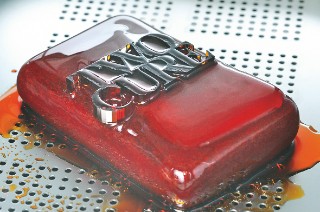Fraunhofer ILT
Fast and Ultra-precise: Processing Optics with LBF
After having developed laser polishing, the Fraunhofer Institute for Laser Technology ILT in Aachen has now also developed an ablative process for the ultra-precise machining of optics. Laser Beam Figuring (LBF) enables an ablation of less than 5 nm. For the first time, a complete process chain for the laser-based optics production has been made possible.
For more information please visit the ILT website
-> Fast and Ultra-precise: Processing Optics with LBF
 Fraunhofer Representative Office Japan
Fraunhofer Representative Office Japan


















